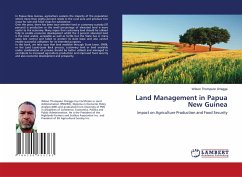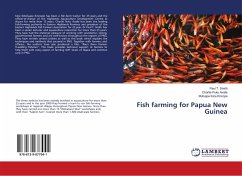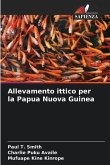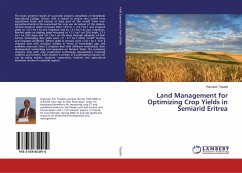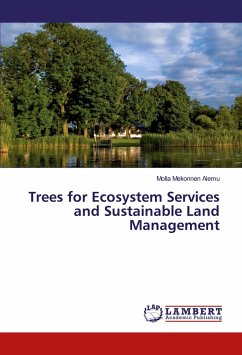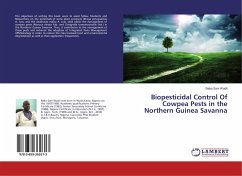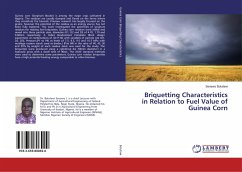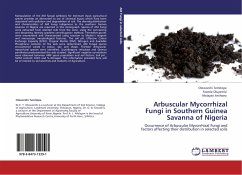In Papua New Guinea, agriculture sustains the majority of the population where more than eighty percent reside in the rural area and produce tree crops for sale and food crops for subsistence. Over the years, there has been issue whether land in customary custody (97 percent) is productive or the small percentage of alienated land is more useful to the economy. Many argue that customary land should be utilised fully to enable economic development whilst the 3 percent alienated land is the most arable, accessible as well as fertile but the State has in many cases lost control and failed to protect its state lease and also cannot enable successful utilisation for its intended purposes.In this book, we take issue that land available through State Lease, SPABL or the Land Lease-Lease Back process, customary land or land available under combination of process should be better utilised and managed to contribute to increased agriculture production and improved food security and also economic development and prosperity.
Bitte wählen Sie Ihr Anliegen aus.
Rechnungen
Retourenschein anfordern
Bestellstatus
Storno

